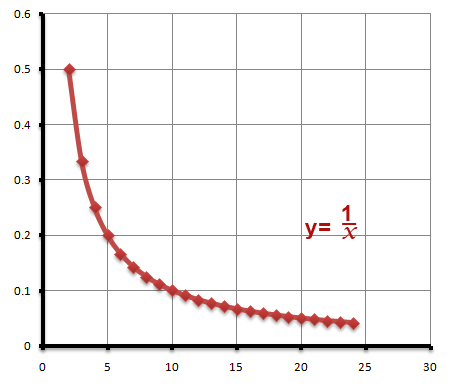Graphs
In this chapter we shall explore some of the common graphs. That you should be familiar with, the chapter will explore 4 common graphs.
Straight line Graphs ‘Y=mx+c’
The straight line graphs are the simplest graphs to recognise, they’re usually written in the form y=mx+c. They involve only an x-term and y-term. Examples of straight line graph equations are; y=2+3x, 2y-4x=7, x-y=0, 4x-3=5y, 3y+3x=12. The following graphs are straight line graphs.
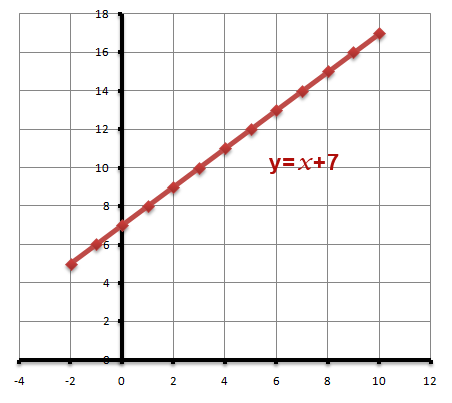
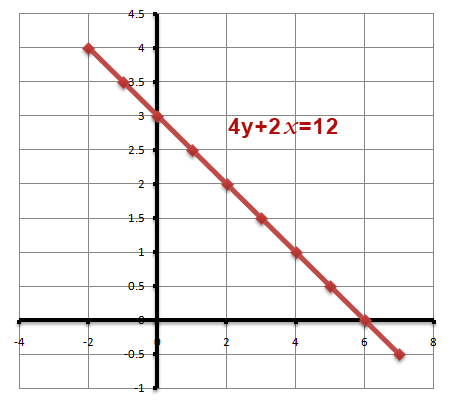
x2 Graphs
The x2 graphs have the x2 term in their equations. The power must be less an equal to 2 to be referred to an x2 graph. The x2 graphs are symmetrical. When the x2 is positive ie; + x2 the graphs creates a cup shape pointing upwards, however when x2 is a negative ie: – x2 the graph points upwards like a falling cup. The following graphs area examples of x2 graphs.
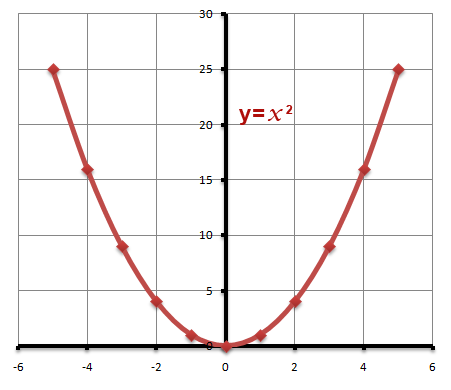
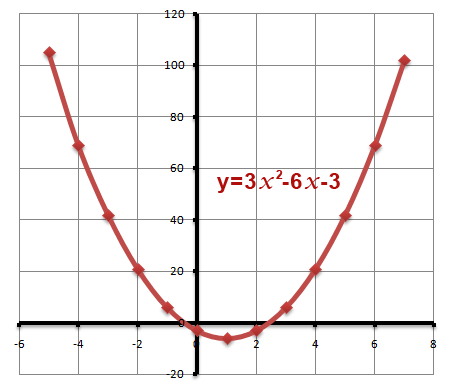
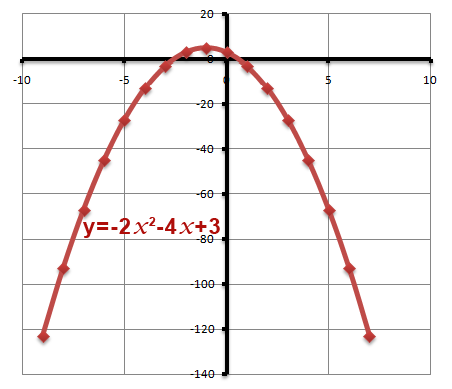
x3 Graphs
Cubic graphs have the x3 term in their equation. The graphs have a basic wiggle in the middle but it can be flat or a more pronounced wiggle. The following examples are cubic graphs;
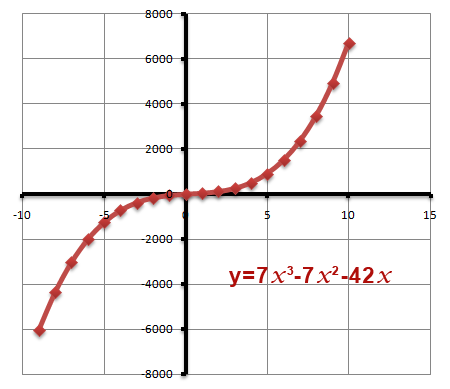
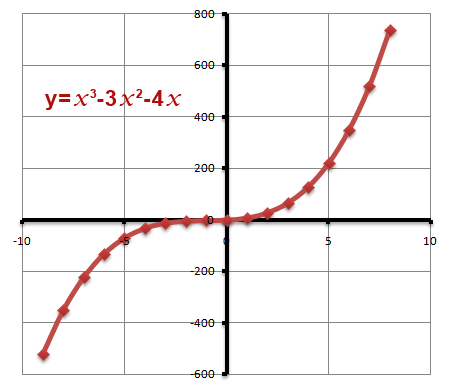
1/x graphs
The graphs where A can be any number are shown below. These graphs are symmetrical about the line y=x. The following are the 1/x graphs.
